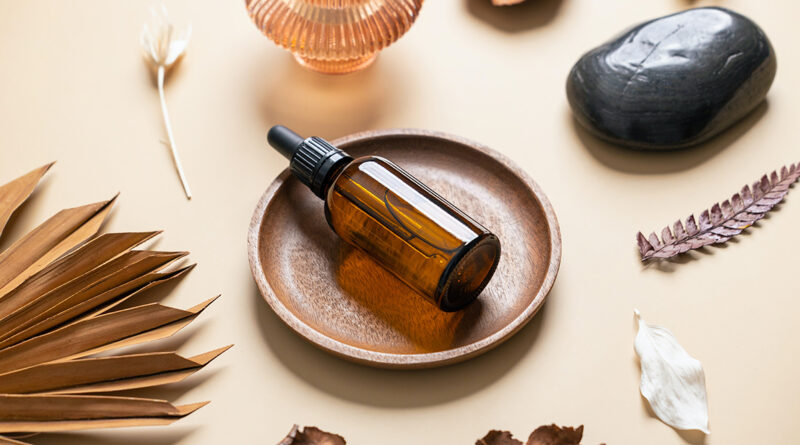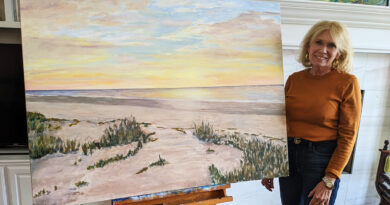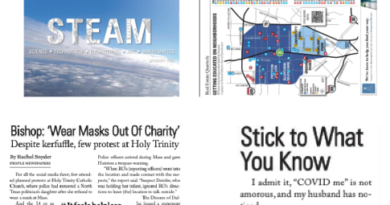Massage Provides Peace During Dying Days
By: Cindy Spence
On a recent warm day, I was out on a balcony, enjoying a visit with lovely new friends. The sun glistened on the water. The sound of a fountain mingled with the call of wild birds.
I was not on vacation. I was at work.
My job is to provide massage for patients at the T. Boone Pickens Hospice and Palliative Care Center, owned and operated by Forefront Living. The nine-acre campus features 36 lake-facing patient suites, each with a balcony that accommodates a hospital bed.
Whether indoors or out, most patients receive massage in a hospital bed, though some prefer their wheelchair or a recliner.
Many are surprised when I offer massage therapy. Some even think I am kidding. But at Faith Presbyterian Hospice (FPH), they can also receive music therapy and aromatherapy, complementary services described as “the faith difference.”
People like scalp massage, so that is often where I start. The pressure is gentle but focused and attentive. A person’s breathing frequently slows and deepens. Massage can be like a dance, with verbal or nonverbal feedback guiding the therapist to address needs and preferences.
I apply warm lotion to every part of the skin that I can reach – the arms, the hands, the legs, the feet. If the patient’s sleeves are loose, I apply lotion to the neck and shoulders, which is often the patient’s favorite. I work over clothing if the patient is cold.
The benefits of massage for people with advanced illness are well documented, including relief of pain and anxiety and an increased sense of peacefulness. Patients and their families express poignant gratitude, which is reward enough. But there is more.
Studies suggest that the feel-good hormone, oxytocin, is experienced by both giver and receiver in a helping interaction; thus, both parties benefit from the exchange.
My FPH teammates and I will be the first to tell you that we are not “angels” or “special.” We are ordinary human beings who have discovered the joy of deep connection with other humans at a time when life is distilled to its essence.
There is something profoundly rich about this experience. Yes, there is sadness, even heartbreak. But there is also intense joy.
Ross Gay, author of The Book of Delights, speaks about the “joy of entanglement” when two people come together to acknowledge that we will all die someday. So this moment, here together, is important. In fact, it may be the only thing that’s important.
Caring for people at the end of life puts us in touch with the vulnerability we all share and invites us to love more deeply. Massage can be a bridge between our differences, a chance to connect in a profoundly intimate way. At the T. Boone Pickens Hospice Center, these connections occur in a beautiful setting while there is still time to feel the sun and hear the birds.
Don’t tell my boss. But I’d do this job for free.
Contact Cindy Spence, a massage therapist specializing in oncology and palliative massage since 1999, at [email protected] and find her book, “Palliative Touch: Massage for People at the End of Life,” at Amazon and us.singingdragon.com. Her father-in-law’s dying wish for gentle touch inspired her to attend massage school.








